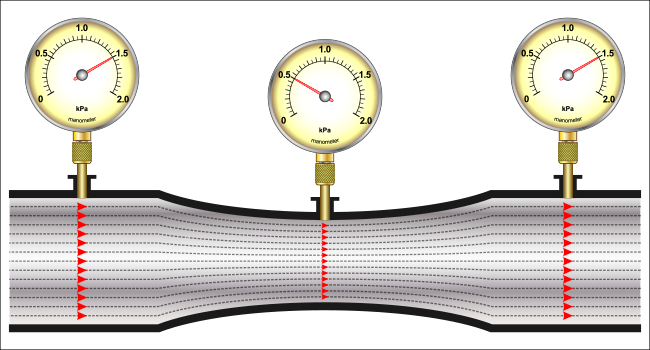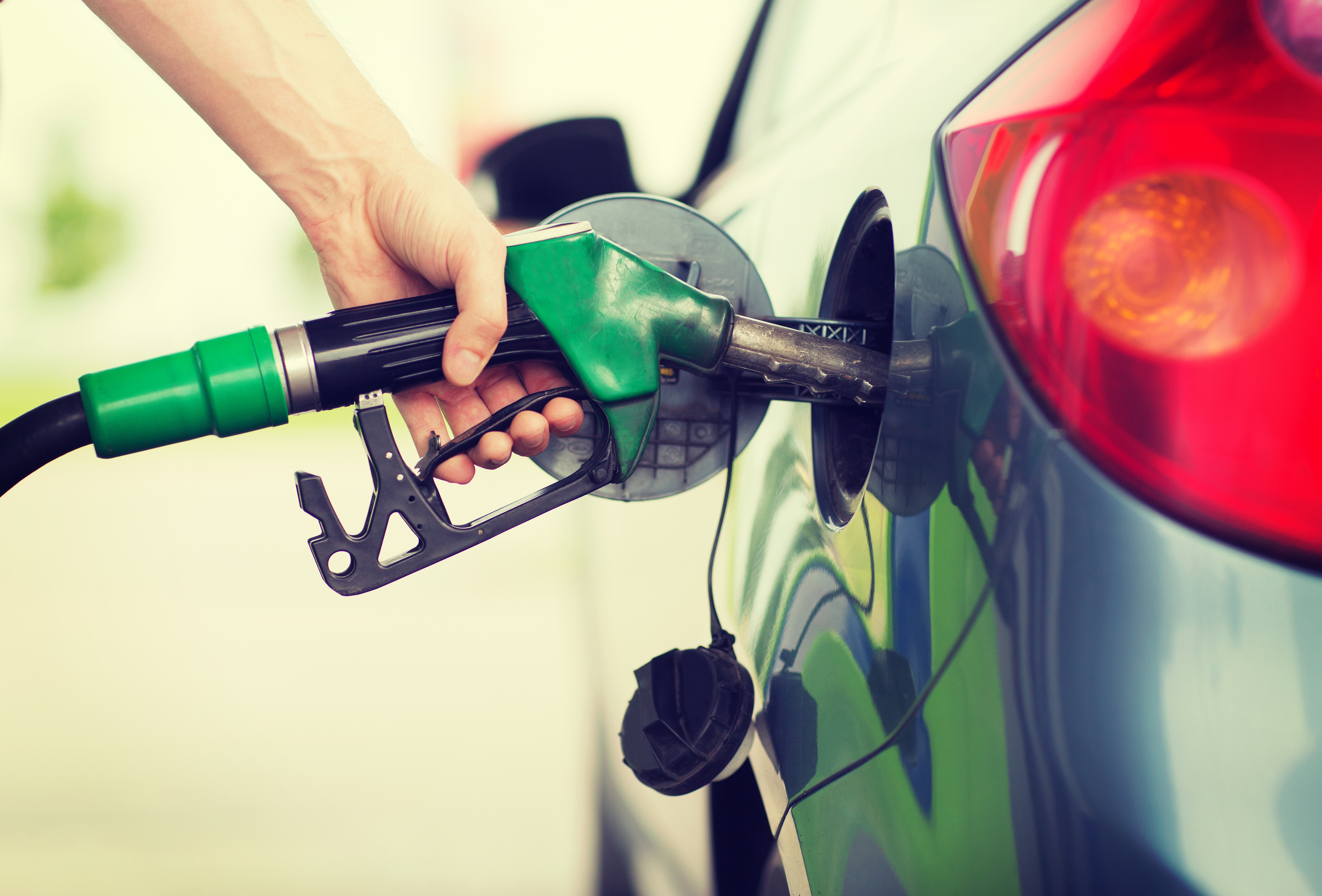How Do Fuel Pumps Know When Your Fuel Tank Is Completely Full?22 August 2018 | Admin 
Ever questioned just how the automated shut-off on a fuel pump nozzle works when filling up with petrol or diesel fuel? Filling up our cars and lorries with fuel is such a regular function of our lives, that you possibly don't offer it a second thought. You have driven in and parked next to the fuel pump and placed the nozzle in the vehicle, then waited for the pump to click off.
Yet, how does the fuel pump know when to shut off when your fuel tank is full? The automatic shut-off utilises a fascinating physical phenomenon, called the Venturi Effect. Just what is the Venturi Effect?Fluids, thanks to their ability to move, can be transported by pipes and hoses. When moving through this pipework pressure of the liquid plays a crucial duty. By changing the pressure that liquids are pumped they cannot just be moved along the pipework but also be manipulated to be of some benefit us. Liquid moving with a pipe deals with bends, or constricting of the pipe, the velocity of flow increases at the point of restriction, with a corresponding decrease in static pressure. This concept is called the Venturi Effect, named after the Italian physicist Giovanni Venturi who discovered it, back 1797. 
The rise in the rate of flow at the point of restriction means that there is a short-term low- pressure spot developed at this point. Whilst pressure in other parts of the pipeline is a lot higher. Because of this difference in pressure, fluid is sucked to the restriction from other parts of the pipework. If a pipeline including more than one fluid is connected to the pipe with the restriction, then the vacuum developed by the fast-flowing fluid at the restriction will draw out the liquid in the other pipeline. Exactly what's inside the pump nozzle?Next time you are at a filling station, take a close look at the pump nozzle. Upon examination, you find a little, half-inch opening at the end of it. 
This opening is linked to a tiny pipeline that runs into the handle. At a point near the end of length, the pipe diverts off in a different direction to a diaphragm containing air. At this point there is a Venturi tube through which petrol or diesel flows.
When your vehicle's fuel storage tank is not completely full, air is drawn from the small opening (of the nozzle) to the diaphragm because of suction. This goes on till the level of fuel in your vehicle gets to the level of the hole in the filling nozzle. As soon as the hole dips under the level of fuel in the tank, it starts to suck it up air. As the density of all fuels is greater than air, the Venturi tube gets a difference in fluid pressure. Consequently, the diaphragm collapses causing an automatic shut-off of the flow of fuel. fnd parked next to the fuel pump and placed the nozzle in the vehicle, then waited for the pump to click off.nd parked next to the fuel pump and placed the nozzle in the vehicle, then waited for the pump to click off. | 
